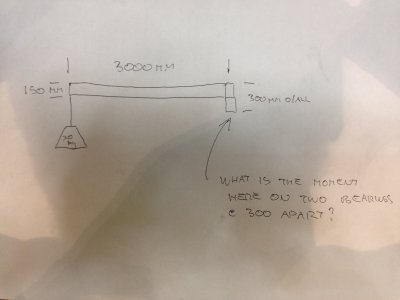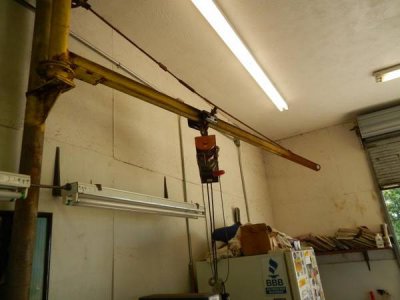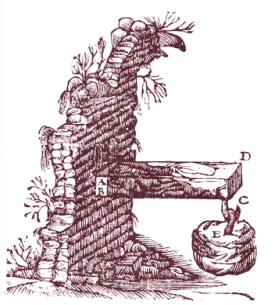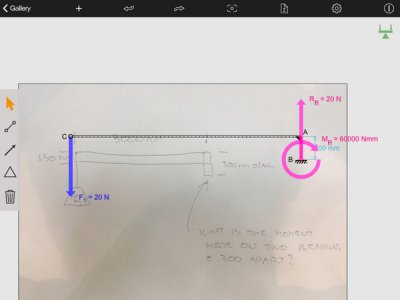Due to liability concerns, you might have a hard time getting anyone to give you a concrete answer (sorry, no pun intended) on that one. Anytime you get into lifting devices, and suspended loads, the liability stuff gets dicey at best. But, if someone does respond and gives you some real world numbers to work with, keep in mind that you are on your own if you design and build your crane based on the technical engineering data given to you here. I don't want to sound like so many of those corporate lawyers that we have these days (no offense, Nelson) but what it boils down to is this: If someone gives you some engineering data on this forum, it is your own choice whether to proceed using that data or not, and in the event of a catastrophic failure and injuries, you cannot come back on the forum or those that gave you the engineering data and blame them. There are so many other things that can come in to play when building such a device such as welds, material quality and strength, etc. that you cannot blame failure on the data.
Okay, so now I can take off my moderator hat and give you some advice based on the jib cranes that I installed in some industrial settings. In our case, we purchased pre-engineered, commercially available jib cranes, which already have a safety factor built in, but just to be sure, we typically purchased a crane rated for 1 1/2 times the heaviest loads we anticipated. The mounting and installation was set up by an engineer, based again on the extra 1 1/2 times safety factor, and we simply followed his instructions. More than one of the engineers we consulted with commented that 1 1/2 times was more overkill than needed, but the owner of the company simply responded with "Any machine can fail, no matter how stout the design. An additional 1 1/2 times safety factor is cheap compared to what it would do to an employee and his/her family if that lifting machinery failed. I am simply taking extra precautions to make sure that I never have to apologize to an employee or his/her family because we installed something that failed and caused death or injury." He was looking out for his pocketbook too, but that is beside the point. He had a genuine interest in seeing to it that people did not get hurt at work, and he displayed that in other areas as well.
Not being an engineer myself, I cannot help you with the math on your project, but I do wish you the best of luck!









